___________________________________
Industrial Liaison Group:
Tel: +44 (0) 1235 778797
E-mail: [email protected]

With the UK’s deadline to become net zero by 2050 and a continual growth in energy consumption, it’s not surprising that our government is looking to nuclear energy, as an energy-dense technology and low emission source, to meet the UK’s energy needs.
A considerable investment of £385m will go toward building the next generation of nuclear technology which is hoped will plug the gap left as almost half of the current capacity will be retired by 2025.
Implementation of these plans efficiently requires a thorough understanding of the nuclear materials and their behaviours. This knowledge will not only inform the decommissioning of existing sites (with the safe removal of materials) but will also aid the development of long-term storage and the building of materials for nuclear sites of the future.
Diamond's range of advanced research instruments can help provide valuable insight into these materials and how they behave in (often) challenging environments. This knowledge will not only help enhance their performance but will also inform plans to ensure their safety in the long term.
Nuclear research at Diamond spans all stages of nuclear power - from developing materials for new facilities to decommissioning and radioactive waste management. Below is a summary of how Diamond supports nuclear research and how our advanced research instruments are being applied by scientists across the industry to improve their understanding of these complex materials and to validate their approaches for future usage and storage.
Launched in 2022, Diamond's Active Materials Facility provides the capability for researchers to safely prepare and manipulate samples on-site whilst undertaking research at Diamond.
Take a look at our short video to find out more.
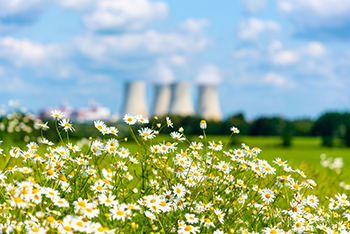
Nuclear energy may be seen as the golden challice for producing high yields with a low footprint and emissions, but how do we effectively manage the waste produced from these reactors?
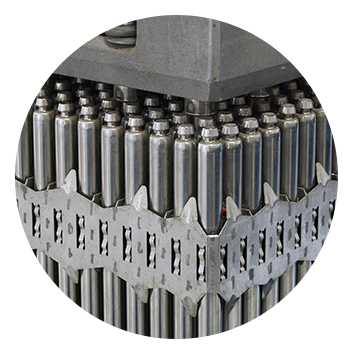
Zirconium alloys have been identified as favourable materials for nuclear fuel cladding. In this case study, a team of scientists at Imperial College and the National Nuclear Laboratory use different forms of spectroscopy to understand the long-term effectiveness of Zirconium alloys and measure corrosion resistance.
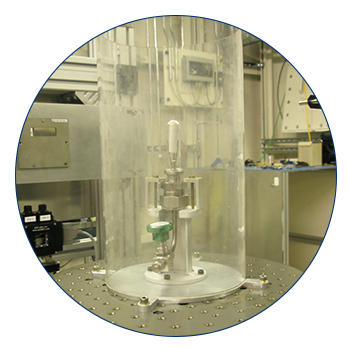
Using a combination of non-invasive in situ tomography and diffraction research techniques at Diamond, a team from the University of Bristol was able to safely observe the processes that may occur in U-containing nuclear waste canisters when interacting with the natural environment, to ensure the safe containment of intermediate-level waste.
 Designing advanced materials for application within a nuclear environment requires a fundamental knowledge of the material microstructures and an understanding of how they react to radiation, both in the short-term, and over long durations.
Designing advanced materials for application within a nuclear environment requires a fundamental knowledge of the material microstructures and an understanding of how they react to radiation, both in the short-term, and over long durations.
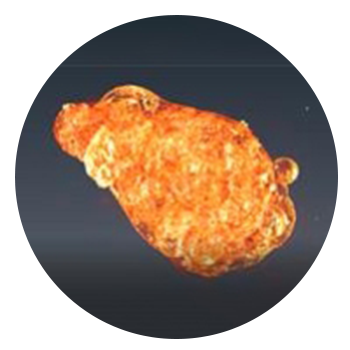
In this study, the Japan Atomic Energy Agency (JAEA) and a team from the University of Bristol use a unique combination of tomography and micro-fluorescence, in parallel at Diamond, to evaluate the distribution of fuel debris from the Fukushima power plant accident site to better define the health risks and influence decommissioning strategies.
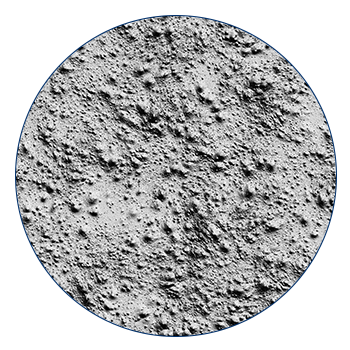
Understanding the long-term behaviour of materials used in deep geological disposal facilities (GDF) is vitality important in building safe disposal systems for nuclear waste. In this study, a team from the University of Manchester monitor the mechanisms by which radionuclides can become mobile.
There have been a number of papers highlighting nuclear research using Diamond's advanced instruments. Here are examples of just a few published in 2022:
![]() Novel materials for radiation detection
Novel materials for radiation detection
![]() Modelling hydrogen bubble formation within nanoparticle sludges
Modelling hydrogen bubble formation within nanoparticle sludges
Link to journal article:
![]() Sorption of strontium to uraninite and uranium(IV)–silicate nanoparticles
Sorption of strontium to uraninite and uranium(IV)–silicate nanoparticles
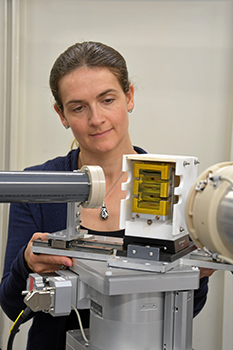 materials under static and fatigue loading. It helps to provide a better understanding of deformation and crack propagation.
materials under static and fatigue loading. It helps to provide a better understanding of deformation and crack propagation.We have a wide range of access options to suit your requirements.
If you would like to discuss the applications of Diamond's advanced instruments for your nuclear research, please get in touch. You can either complete an enquiry form or call us on: +44 (0) 1235 778797.
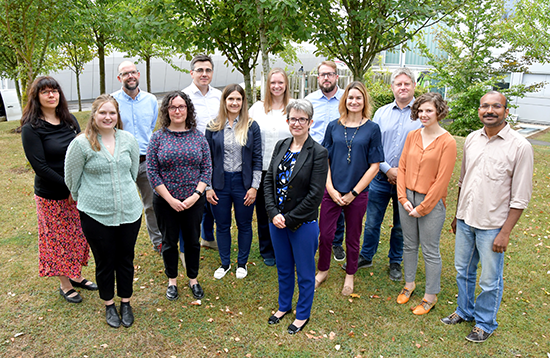
Diamond Light Source is the UK's national synchrotron science facility, located at the Harwell Science and Innovation Campus in Oxfordshire.
Copyright © 2022 Diamond Light Source
Diamond Light Source Ltd
Diamond House
Harwell Science & Innovation Campus
Didcot
Oxfordshire
OX11 0DE
Diamond Light Source® and the Diamond logo are registered trademarks of Diamond Light Source Ltd
Registered in England and Wales at Diamond House, Harwell Science and Innovation Campus, Didcot, Oxfordshire, OX11 0DE, United Kingdom. Company number: 4375679. VAT number: 287 461 957. Economic Operators Registration and Identification (EORI) number: GB287461957003.